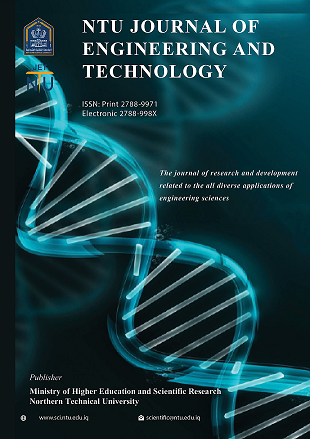Advances in Evaluating Fluid Levels: Bioimpedance in Patients with Kidney Failure
DOI:
https://doi.org/10.56286/ntujet.v3i2.882Keywords:
Bioimpedance Spectroscopy (BIS), Chronic Kidney Disease (CKD), Fluid Overload Assessment, Bioelectrical Impedance Analysis (BIA), Total Body Water (TBW).Abstract
This study delves deeply into the various facets of bioimpedance analysis as it relates to the development of chronic kidney disease (CKD). The use of bioimpedance spectroscopy (BIS) to evaluate the effectiveness of peritoneal dialysis (PD) and determine dialysis adequacy using variables like volume (V) and Kt/V is at the heart of this compilation. The investigations closely look at how important water distribution is for the advancement of CKD and how that affects patient outcomes. Evaluation of several body composition measurement methods is emphasized, especially the combination of the bioelectrical impedance analysis (BIA) ratio and the dry mass index (DMI). By applying the BIA TBW Watson ratio, these approaches provide important insights into the relationships between fluid volume and physiological indicators, such as body mass index (BMI) and total body water (TBW). The study emphasizes the differences in fluid overload diagnosis between conventional clinical assessments and sophisticated bioimpedance techniques, particularly in older patients with chronic kidney disease (CKD), underscoring the need for proper monitoring and intervention.
Bioimpedance analysis is crucial to understanding chronic renal disease and associated cardiac complications, as shown in the assembled study. Bioimpedance analysis, used in devices like the Body Composition Monitor (BCM), is highlighted in this study collection to monitor hydration and improve dialysis adequacy.
Bioimpedance analysis improves illness treatment, giving chronic renal failure and heart failure patients a more precise and nuanced grasp of fluid management, according to the literature.
Additional Files
Published
Issue
Section
License
Copyright (c) 2024 Harith Abdelkareem Baker, Mohammed Sabah Jarjees, Amer Farhan Sheet, Thair Hawas Hamed

This work is licensed under a Creative Commons Attribution 4.0 International License.







